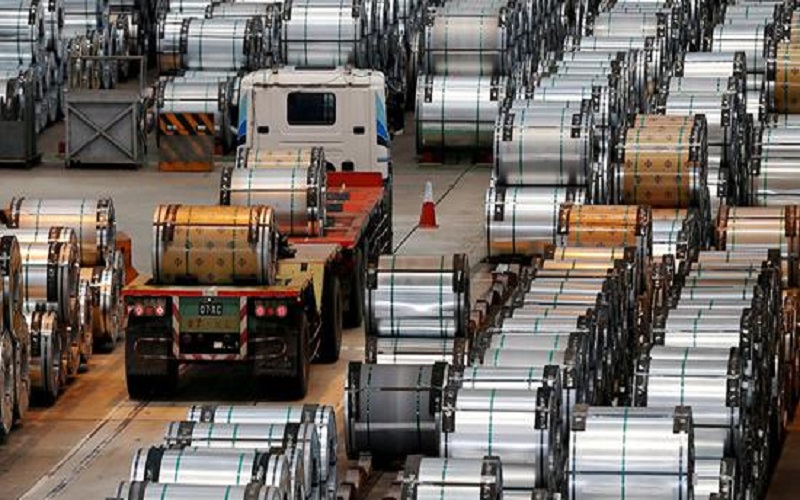Steel prices have been under negative pressure so far this year. The MEPS – EU Average Flat Products Composite Steel Price decreased by almost 7 percent in the first half of 2014, compared with the corresponding period in the previous year. However,  raw material costs have also reduced. The price of iron ore fines (Fe 64%, FOB – Brazil) has fallen by 24 percent and coking coal has declined by 9 percent. The strengthening of the euro against the US dollar has made the reductions even more pronounced.
raw material costs have also reduced. The price of iron ore fines (Fe 64%, FOB – Brazil) has fallen by 24 percent and coking coal has declined by 9 percent. The strengthening of the euro against the US dollar has made the reductions even more pronounced.
Customers have been able to secure the majority of, if not all, the mills’ cost savings. However, steelmakers have managed to prevent any further deterioration in their margins. Analysis by MEPS indicates that the conversion margin between raw material costs and flat product steel prices was unchanged in the first half of 2014, on a year-on-year basis.
Steel demand is expected to rise, moderately, in 2014, following decreases in the previous two years. A number of end-user segments are showing better performance. According to ACEA, registrations of passenger cars and commercial vehicles, in the first half of this year, increased by 6.4 and 9.2 percent, respectively. The building sector is gradually improving as financial constraints slowly ease. Better weather conditions helped to boost activity. Data published by Eurostat shows that production in construction grew by 6.5 percent in the first quarter of 2014, year-on-year.
European mills have seen their order intake rise. Figures from worldsteel indicate that steelmakers increased crude steel output by 3.8 percent in the January/June 2014 period, compared with one year earlier. MEPS foresees a slowdown in the rate of growth in the second half – leaving the annual outturn 2.5 to 3 percent higher.
The outlook for flat product prices until the year-end is fairly dull. Steelmakers are expected to push for increases. We believe only modest rises will be achieved, barely covering an anticipated slight rise in the cost of raw materials. However, the conversion margin should hold up, assuming that the mills prevent any further deterioration in their selling figures and input expenditure does not rise significantly. In the latter part of 2013, steel transaction values contracted by more than the reduction in raw material costs, resulting in lower margins in that period.
Modest price growth is envisaged in 2015. The MEPS – EU Average Flat Products Composite Steel Price is forecast to increase by 2.7 percent, compared with the estimated annual average in 2014. Raw material expenditure is also expected to escalate. Significant capacity expansion by global iron ore suppliers should keep prices of fines suppressed but growth is projected for the cost of coking coal and scrap. Consequently, the mills’ conversion margins are expected to be broadly unchanged next year, relative to 2014.
 DECLINING EU STEEL PRICES OFFSET BY FALLING MILL INPUT COSTS
DECLINING EU STEEL PRICES OFFSET BY FALLING MILL INPUT COSTS